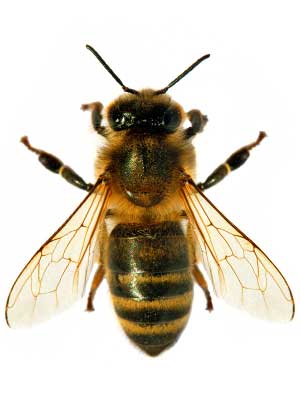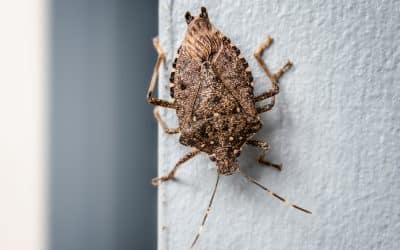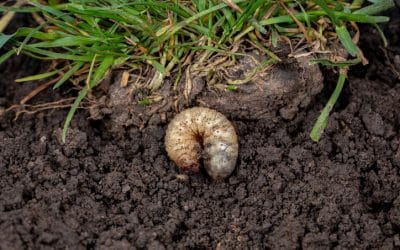
Pest Identification: Honey Bees
Queen Bee (the only fertile female), Drones (to mate with the queen). Worker Bees (with varying jobs from cleaning to building and foraging) and Guards (to defend the nest) Honeybees are far too busy to go out of their way to sting you, but if you threaten them or step on them, they will sting in defense. They are also attracted to some perfumes and scents so they may buzz around you to find where the scent is coming from.
Honey Bees eat nectar and pollen from flowers. Nectar is the liquid in a flower, and pollen is a powdery substance which must be transferred from one flower to another to make more flowers. The larvae eat the honey. Without the honey bees’ pollination work, the quantity and quality of many crops would be reduced and some would not produce at all. According to a 2000 Cornell University study, the increased yield and quality of agricultural crops as a result of honey bee pollination is valued at more than $14.6 billion per year. And although other insects can pollinate plants, honey bees are available throughout the growing season and pollinate a wide range of crops.
Now more than ever, it is critical to consider practices that will benefit pollinators by providing habitats free of pesticides, full of nectar and pollen resources, and with ample potential nesting resources.
Having a Honey Bee issue?
If you have an issue with honey bees then you need to contact a local beekeeper because they are protected. Fords Hometown Services are Certified Pollinator Protectors.

Buzzwords
Flea FAQs: What You Need to Know
We’ve all been there: that tiny black spec…did it just move? If you’re a homeowner, few things can spark panic faster than spotting a flea in your carpet, on your bedding, or crawling on your pet. Fleas are annoying, but they also bite, can spread disease, and turn...
Bug Off! Keeping Stink Bugs Out of Your Home
Fall in New England brings crisp air, colorful leaves, and stink bugs. As soon as the temperatures start to dip, stink bugs start searching for a cozy spot to ride out the winter, and your home is often their top choice. Unless you know how to stop them. With a few...
Protect Your Lawn: What You Need to Know About Grubs
You work hard to maintain a beautiful yard. But if you start noticing unexplained patches or spongy turf, grubs might be the culprit. These pesky beetle larvae feed on grass roots, turning lush lawns into a patchy mess. Bottom line: they are a threat to your yard....


